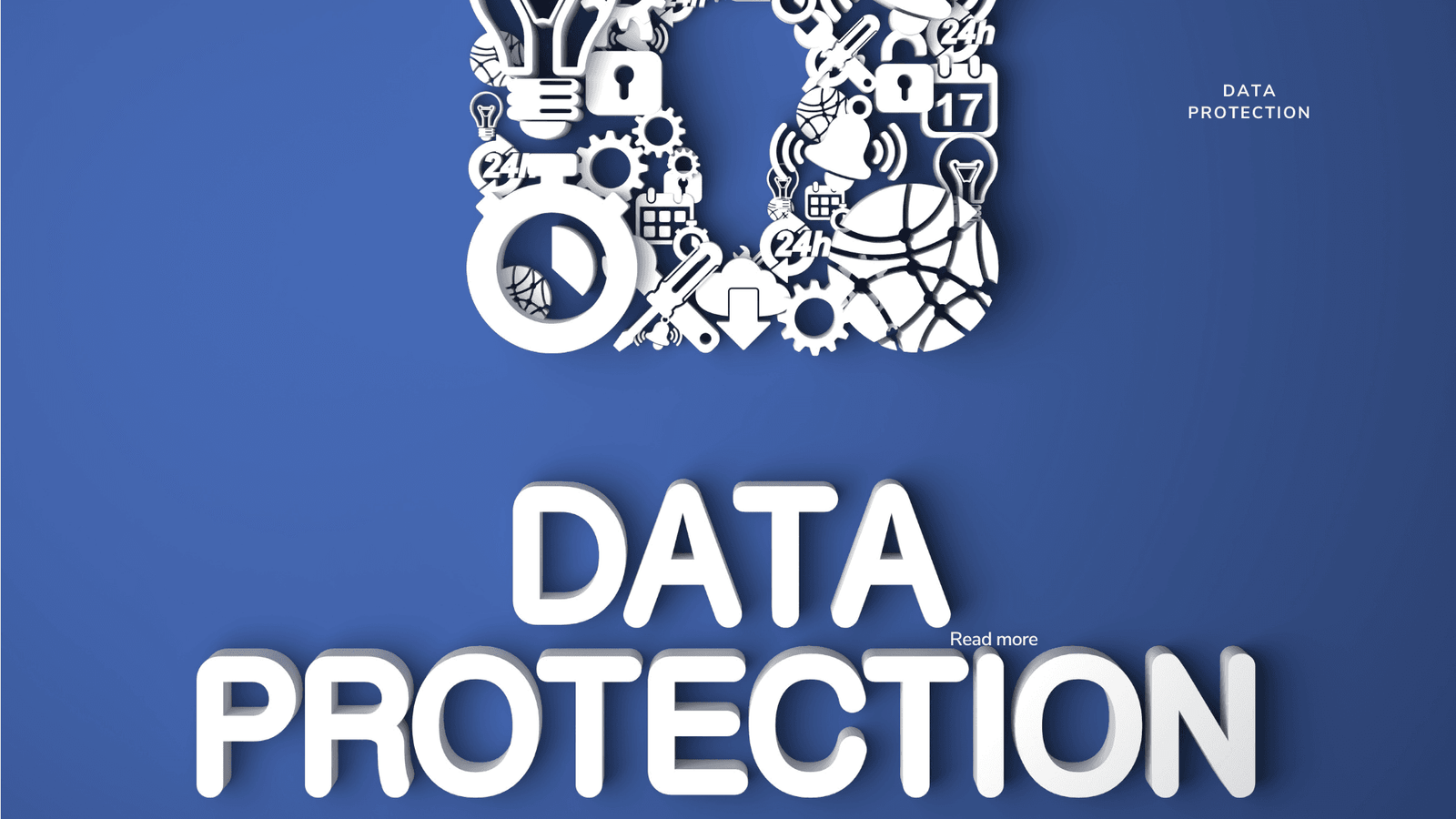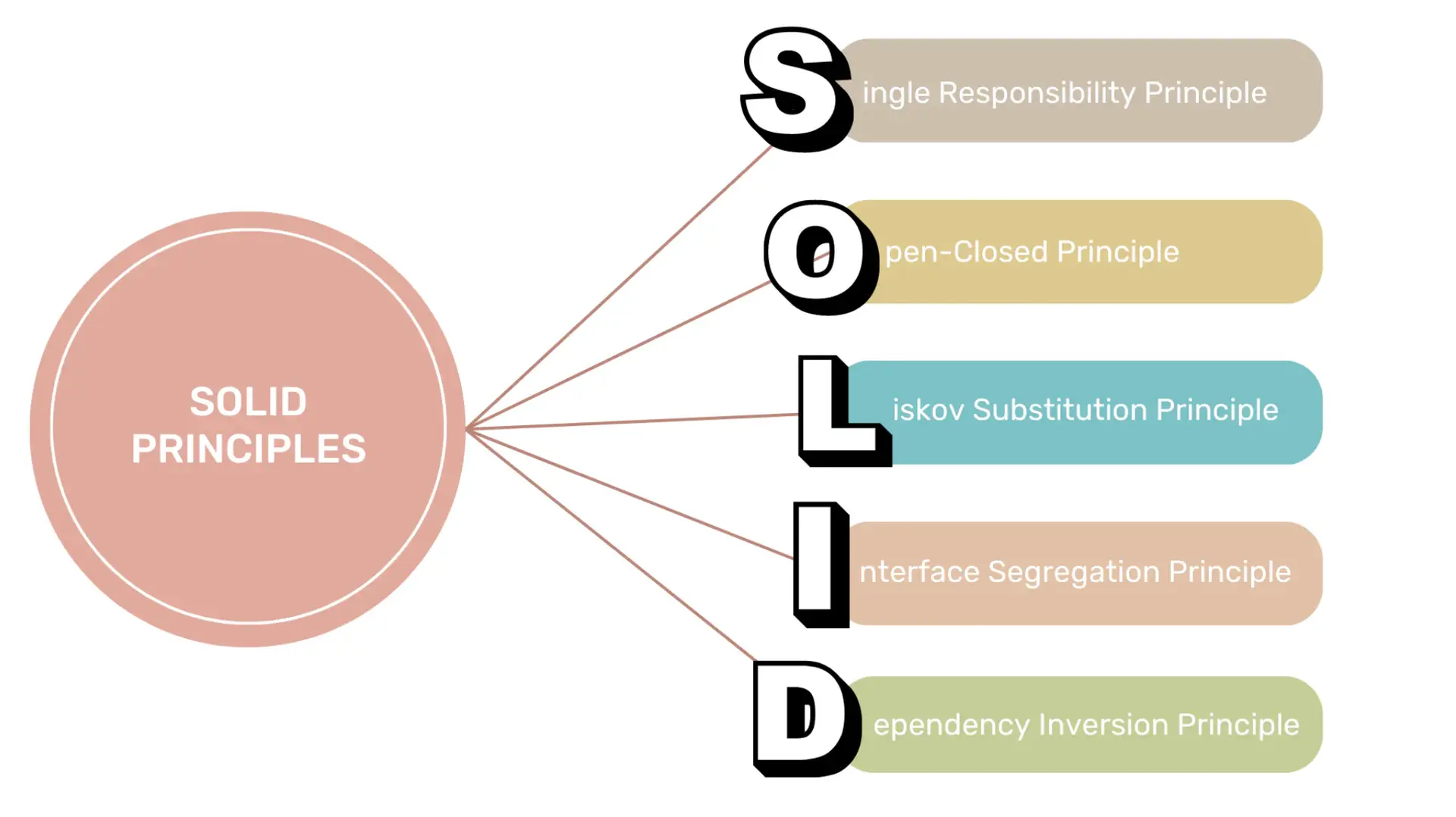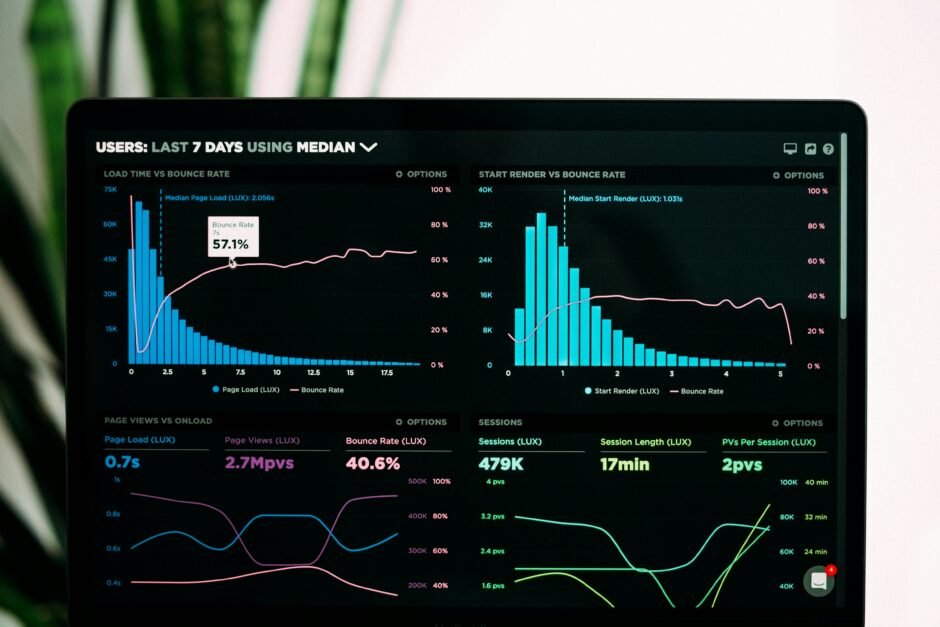Smart Phone Remote Controller ● Widespread Compatibility: Your smartphone can function effectively with the standard connector that is frequently used to replace iOS cellphones.● Plug and Play: Your smartphone may become an…
Advanced Analytics: Unlocking the Power of Data Insights

Advanced Analytics: Unlocking the Power of Data Insights
Introduction
Analytics has become an integral part of decision-making in today’s data-driven world. Advanced analytics takes this concept a step further, leveraging sophisticated techniques and tools to extract valuable insights from complex datasets. In this blog post, we will explore the key aspects of advanced analytics and how it can empower businesses to make informed decisions.
Free udemy courses

Understanding Advanced Analytics
Advanced analytics refers to the use of advanced statistical and mathematical techniques to analyze data and uncover hidden patterns, correlations, and trends. It goes beyond traditional analytics by incorporating predictive modeling, machine learning, data mining, and other advanced methodologies.
The Benefits of Advanced Analytics
1. Improved Decision-Making: Advanced analytics provides businesses with accurate and actionable insights, enabling them to make informed decisions based on data-driven evidence.
2. Enhanced Efficiency: By automating data analysis processes, advanced analytics helps organizations save time and resources, allowing them to focus on strategic initiatives.
3. Competitive Advantage: Leveraging advanced analytics can give businesses a competitive edge by identifying market trends, customer preferences, and potential risks or opportunities.
Key Techniques in Advanced Analytics
1. Predictive Modeling
Predictive modeling uses historical data to make predictions about future outcomes. It involves building statistical models that can forecast trends, patterns, and probabilities. For example, a retail company can use predictive modeling to anticipate customer demand and optimize inventory levels.
2. Machine Learning
Machine learning algorithms enable computers to learn from data and make predictions or take actions without being explicitly programmed. It is widely used in various applications such as fraud detection, recommendation systems, and image recognition.
Free coursera courses

Example:
from sklearn.ensemble import RandomForestClassifier
# Load the dataset
dataset = load_dataset()
# Split into training and testing data
X_train, X_test, y_train, y_test = train_test_split(dataset['features'], dataset['target'], test_size=0.2)
# Train the model
model = RandomForestClassifier()
model.fit(X_train, y_train)
# Make predictions
predictions = model.predict(X_test)3. Data Mining
Data mining involves extracting valuable information and patterns from large datasets. It uses techniques such as clustering, association rule mining, and anomaly detection to uncover insights that can drive business decisions. For example, a telecommunications company can use data mining to identify customer segments with high churn rates.
4. Text Analytics
Text analytics focuses on extracting meaningful information from unstructured text data, such as customer reviews, social media posts, or support tickets. It involves techniques like sentiment analysis, topic modeling, and named entity recognition. Text analytics can help businesses understand customer sentiment, identify emerging trends, and improve customer service.
Challenges and Considerations
While advanced analytics offers tremendous opportunities, there are challenges to consider:
1. Data Quality: Advanced analytics heavily relies on high-quality data. Organizations need to ensure data accuracy, completeness, and consistency to obtain reliable insights.
2. Data Privacy and Security: As advanced analytics involves handling sensitive data, organizations must prioritize data privacy and implement robust security measures to protect against unauthorized access or breaches.
3. Skills and Expertise: Implementing advanced analytics requires skilled professionals who understand statistical modeling, machine learning algorithms, and data visualization techniques.
Real-World Applications
1. Healthcare: Advanced analytics can help healthcare providers analyze patient data to improve diagnosis accuracy, optimize treatment plans, and identify potential health risks.
2. Retail: Retailers can leverage advanced analytics to optimize pricing strategies, personalize customer experiences, and forecast demand to optimize inventory management.
3. Finance: Financial institutions can use advanced analytics for fraud detection, credit risk assessment, and portfolio optimization.
Free Udacity courses

Conclusion
Advanced analytics has the potential to transform businesses by providing valuable insights that drive informed decision-making. By leveraging techniques such as predictive modeling, machine learning, data mining, and text analytics, organizations can unlock the power of their data and gain a competitive advantage in today’s data-driven world.
Embracing advanced analytics requires a combination of skilled professionals, robust data infrastructure, and a commitment to data-driven decision-making. With the right tools and strategies in place, businesses can harness the full potential of advanced analytics to stay ahead in the ever-evolving market.








































